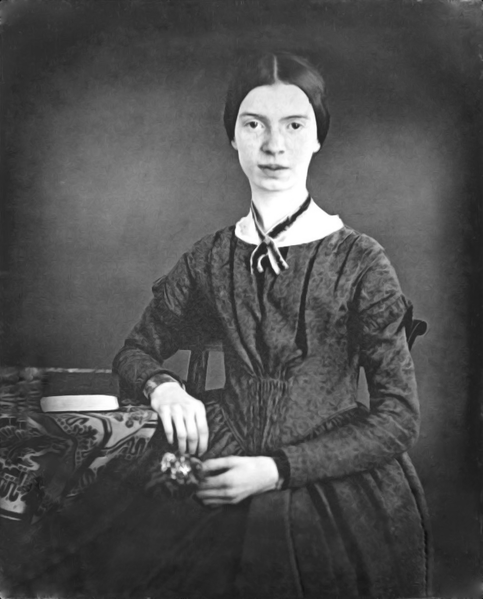
Figure 1 – Daguerreotype of Emily Dickinson 1846/7. Original in the collection of Yale University. Public domain.
“Beauty is not caused. It is.” Such were the words of American poet Emily Dickinson (1830-1886). And if you consider the words for a moment, you come to realize that they define our artistic endeavors as photographers. Seek beauty in all its forms and in all its places – realizing that it is everywhere.
I came to the subject of Emily Dickinson as a follow-up to my blog about her English contemporary, Elizabeth Barrett Browning (1806-1861), in the American Age of Crinolines. People say that they don’t understand or don’t like poetry. But really poetry is always there, like the wind in the forest, whispering greater meaning to us and to our lives. I’d like to think that photography does the same.
Emily Dickinson is local to us in New England, having been born in Amherst, Massachusetts. And we pride ourselves in a common spirit of resilience. She attended the Amherst Academy for seven years as a youth, and also briefly attended the Mount Holyoke Female Seminary. However, she soon returned to her family home in Amherst, where she became a famous recluse, noted for wearing white and her reluctance to greet guests at her home. Indeed, most of her close friendships were carried out by letter – epistolary intimacy.
Figure 1, a daguerreotype, is the only known (authenticated) portrait of Emily other than as a child. It was taken at Mount Holyoke in either 1846 or 47, when she was 17 years old. The original is held by the Todd-Bingham Picture Collection and Family Papers at Yale University. The photographer, as is so often the case, is unknown.
We are taken by so many delicacies. A pretty, young girl, a modest, yet flattering, dress, a delicate ribbon around her neck. Is that a flower in her elegant hands? Her lips are slightly awry. You must wonder about her future reclusive lifestyle. Like Barrett Browning, we know Emily’s heart through her verse.
But what do we really know? Does notoriety really animate the image any more than the hundreds of anonymous faces we look at in daguerreotypes of the day? These people, famous and anonymous alike, are ultimately remote from us. And the question of the meaning of their lives slips away from us, like so many grains of sand through our fingers. We may become desperate for an answer, because ultimately their meaning is our meaning. Always these photographs torment us with the ultimate existential question. In Emily Dickinson’s own words:
“I am nobody. Who are you?”
